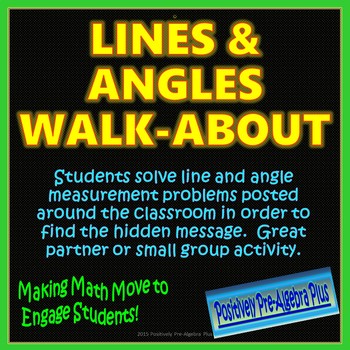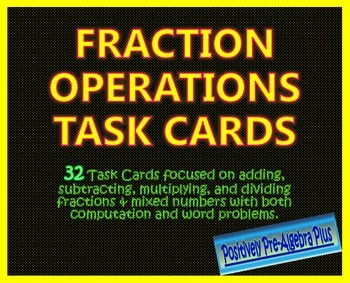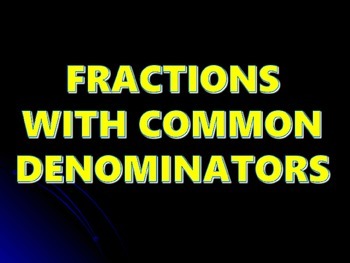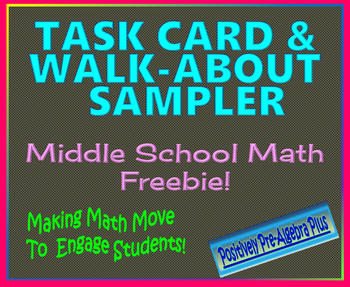One of the most critical parts of
teaching is taking the time to reflect on what worked, what did not work, and what
impacted student learning. It is so easy
to get caught up in the day-to-day routine while trying to keep the ship sailing
in the right direction that we forget to stop and assess the impact of the
lessons we work so hard to deliver. This
is especially true for new teachers who are struggling to find enough minutes
in each day just to keep their head above water.
One of the most helpful pieces of
advice I received early in my career from a veteran teacher was “the magic of
the highlighter”. First, she made me feel a little better by
acknowledging that no teacher has time to truly reflect on their teaching on a
daily or weekly basis. That year I was
struggling with the demands of teaching math to 193 students while my friendly
language arts veteran seemed to breeze through each day with almost 230 students
on her roster. I know now that “breezing”
was an illusion. Despite all the public
talk about the easy life of a teacher who can simply do the same thing year
after year, I have never met a “rinse and repeat” teacher. Honestly, I hope I never do.
The magic highlighter is really a
quick note to yourself for the future.
After a lesson, or at the end of each day, simply color code the lesson
in your plan book by highlighting the title or objective. I used green for “great lesson”, yellow for “worked
ok”, blue for “has potential, but needs work”, and pink for “don’t do this
again”. I would also jot down notes if I
felt the need and have time. This gave
me enough of a reminder when I did get to sit down and start reflecting to
improve my lessons for the following year.
I try to do that two to three times a year now, but there have been some
challenging times that it all waited until summer break. Lessons where I was targeting particular
objectives were also tracked by assessment outcomes. By tracking both, I am able to determine not
only if students were engaged, but also that learning gains were realized
through the lessons and activities. I
believe that tracking both sets of information allows me to determine the best
course for the following year. This past
year I have also started tracking my warmups with the magic highlighter. For the past few years, I have been using
warmups as spiral reviews rather than a review of the prior day’s
learning. Because of that, the criteria
for warmups is more and engagement and general scores. As teachers, we are always looking for that
perfect balance of challenging, but not frustrating, and engaging, but not
play.
I have found that this reflection
technique allows me to set more realistic goals for both myself and my
students. Each year I set two main goals
for each of my classes. As a nod to my
business background, I set a “macro” goal and a “micro” goal. My macro goal generally stays the same from
year to year: “all students will show
learning gains”. Lofty, I know, but I
have seen a lot of progress and development as a teacher and I believe
reflecting and goal setting has been a large part of why. My “micro” goals change from year to year,
but always serve as a way to reach the macro goal. Last year, I choose “increasing movement in
my classroom” as the micro goal with the thought that if I keep them moving and
on their toes there is less chance they fall off to sleep or start texting
during class. Two years ago, my goal was
to increase student engagement. I’ll
write more about those goals and my progress in reaching them later.
I hope you find the magic
highlighter idea useful in your classroom.
Sometimes the little things (that really mean a lot) get lost in the
busyness of our days. Adding a little
color can save us time in the short term while helping all of us to improve for
the future. Happy planning for an awesome year!
 Lines & Angles Walk-About
Lines & Angles Walk-About Fraction Operations Task Cards
Fraction Operations Task Cards Fractions with Common Denominators PowerPoint Lesson
Fractions with Common Denominators PowerPoint Lesson Task Card & Walk-About Sampler
Task Card & Walk-About Sampler










